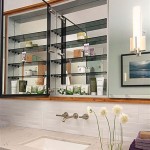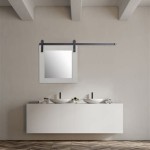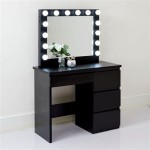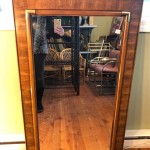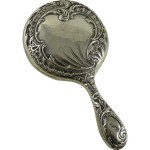How to Create a Mirror Wall in Revit
Creating a realistic mirror wall in Revit involves more than simply applying a reflective material. This article outlines various methods to achieve a convincing mirror effect, catering to different visualization and rendering needs.
Method 1: Using a Reflective Material
This method is the most straightforward and suitable for basic visualizations. It involves applying a material with high reflectivity to a wall.
1. Navigate to the Materials Browser in Revit. This can typically be accessed through the Manage tab.
2. Either create a new material or duplicate an existing glass material. Duplicating an existing glass material offers a good starting point as many glass materials have a base level of reflectivity.
3. Within the material editor, adjust the rendering appearance. Locate the "Appearance" tab. Increase the "Reflectivity" value closer to 1. A value of 1 represents perfect reflection. Experiment with values between 0.8 and 0.95 for a realistic mirror effect.
4. Adjust the “Glossiness” value. This controls the sharpness of the reflection. A higher value creates a clearer, more polished reflection, while a lower value creates a more diffused reflection.
5. Apply the modified material to the desired wall surface. This can be achieved by selecting the wall and choosing the material from the Material Browser in the Properties Palette.
Method 2: Using a Wall Based Generic Model Family
This method provides more control over the mirror's placement and parameters. It also allows for easier modifications and scheduling.
1. Create a new generic model family using the “Generic Model” template.
2. Create an extrusion representing the mirror's surface. Use reference planes to define the dimensions and position of the extrusion.
3. Apply a reflective material to the extrusion as described in Method 1. Ensure the material properties are configured for a realistic mirror effect.
4. Load the family into the project. Place the mirror family onto the wall surface. Use dimensional constraints to accurately position the mirror within the room.
Method 3: Using a Curtain Wall with Mirrored Panels
This method is particularly useful for creating large mirrored walls or facades, providing flexibility in panel size and arrangement.
1. Create a curtain wall using the “Curtain Wall” tool. Define the curtain grid to match the desired panel layout.
2. Create a curtain panel family specifically for the mirrored panels. Start with a “Curtain Panel” template.
3. Within the panel family, create a surface representing the mirror. This could be an extrusion or a simple plane.
4. Apply a reflective material to the panel surface, as detailed in Method 1. Fine-tune the reflectivity and glossiness to achieve the desired mirrored look.
5. Load the panel family into the project.
6. In the curtain wall’s type properties, select the custom mirrored panel as the default panel type.
Method 4: Using a Decal
Decals offer a simple way to apply a mirrored effect to existing geometry. This is useful for smaller mirrored surfaces or areas within a larger wall.
1. Acquire or create an image of a mirrored reflection. This image will represent the reflection seen in the mirror. Consider the room context when creating or selecting this image.
2. In Revit, navigate to the “Manage” tab and select “Decals.”
3. Create a new decal type and import the prepared mirrored reflection image.
4. Within the decal type properties, adjust the transparency and brightness to match the desired mirror effect. Experiment with these values to create a realistic appearance.
5. Apply the decal to the desired wall surface. Precise placement is crucial for a believable effect. Adjust the size and position as needed.
Rendering Considerations
Regardless of the chosen method, achieving a photorealistic mirror in rendered images requires attention to rendering settings.
Ensure that the rendering engine is set to produce accurate reflections. Ray tracing is generally recommended for realistic mirror reflections. Within the rendering settings, adjust the number of bounces and other related parameters to fine-tune the reflection quality. Higher values generally lead to more accurate but computationally intensive renderings.
The surrounding environment plays a crucial role in the appearance of the mirror. Model the environment accurately to ensure the reflections are believable. Include furniture, lighting, and other details within the scene. The quality of the reflection is directly dependent on the quality of the surrounding elements.
Selecting the appropriate method depends on the specific project requirements and desired level of realism. Experiment with different methods and rendering settings to achieve optimal results.

Mirror Wall Revit Espejo Muro Bimshares

Using Mirror In Revit

3 Ways To Create Curtain Walls In Revit Mashyo

Mirror Wall Revit Espejo Muro Bimshares

Revit Mirror Command

Mirror Material In Enscape Revit Ec Asset

Mirror Command In Revit Tool Draw Axis Pick

Revitcity Com Modeling A Bathroom Mirror

Revitcity Com Object Mirror With Built In Lighting

Horizontal Sweeps Or Reveals Disappear When Mirroring Walls In Revit

